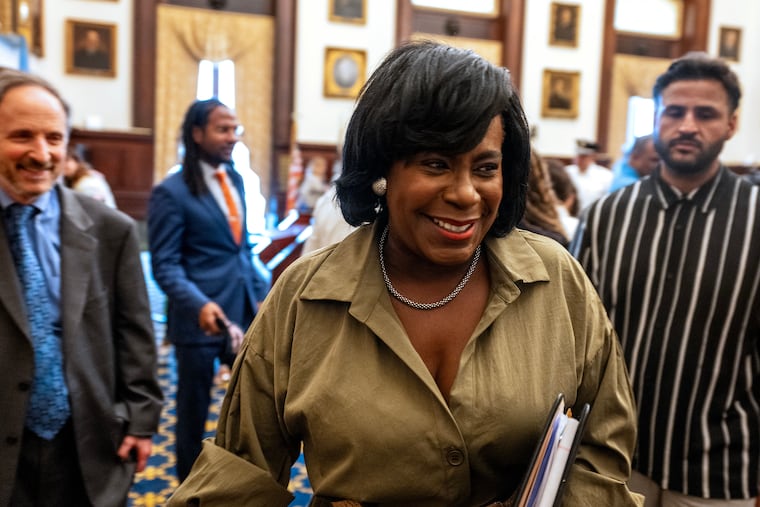Trump’s India Tariffs May Impact World’s Largest Supplier of Cut Diamonds

In the bustling diamond hub of Surat, Gujarat, Kalpesh Patel faces an uncertain future as he navigates the complexities of operating a diamond cutting and polishing unit amid economic challenges. The vibrant festival of Diwali, set to take place in late October, typically signals a surge in domestic sales; however, Patel’s business, which employs around 40 workers, is threatened by formidable obstacles, primarily stemming from recent trade tariffs imposed by the United States.
Patel’s diamond processing business, which has successfully operated for eight years, may be hit hardest by President Donald Trump’s implementation of a 50 percent tariff on imports from India. This decision could profoundly affect the natural diamond industry, an essential economic sector in India that contributes substantially to global diamond exports. According to the Gem and Jewellery Export Promotion Council (GJEPC), India is responsible for cutting and polishing 14 out of every 15 natural diamonds worldwide. Exports from India to the US alone amounted to .8 billion in the financial year 2024-25, highlighting the significance of this trade relationship.
Dimpal Shah, a Kolkata-based diamond exporter, echoes Patel’s concerns, noting that canceled orders are already becoming a common occurrence. As US buyers hesitate, citing the high tariffs, the landscape for diamond exporters seems increasingly precarious. The tariffs have compounded existing pressure from the ongoing geopolitical climate, including consequences from the Russia-Ukraine conflict that have impacted global supply chains.
Moreover, the natural diamond industry faces the additional challenge of growing competition from lab-grown diamonds, which are produced at a fraction of the cost of their natural counterparts. This shift in consumer preference further complicates the sector’s recovery prospects, compelling experts like Salim Daginawala, president of the Surat Jewellers Association, to acknowledge the evolving market dynamics.
In response to the tariff situation, industry leaders are advocating for a dual approach: stimulating domestic demand and exploring new international markets. This strategy could not only safeguard jobs but also bolster the local economy. Radha Krishna Agrawal, director of Narayan das Saraf Jewellers, posits that the tariffs could serve as a catalyst for reducing reliance on foreign markets, potentially igniting growth within the domestic gems sector, which is projected to reach 0 billion in two years.
While the road ahead remains uncertain, there is a shared optimism that India’s diamond industry can rebound through strategic initiatives aimed at enhancing local consumption and expanding into emerging markets, particularly in the Middle East. The resilience of the diamond workers and traders in Surat demonstrates a commitment to navigating challenges, underscoring the sector’s invaluable contribution to the nation’s economic fabric.
As the Diwali festival approaches, the future of businesses like Patel’s hangs in the balance. Efforts to foster economic growth and employment opportunities in the diamond sector are crucial for sustaining the livelihoods of thousands involved in this vibrant industry.
#BusinessNews #MiddleEastNews






